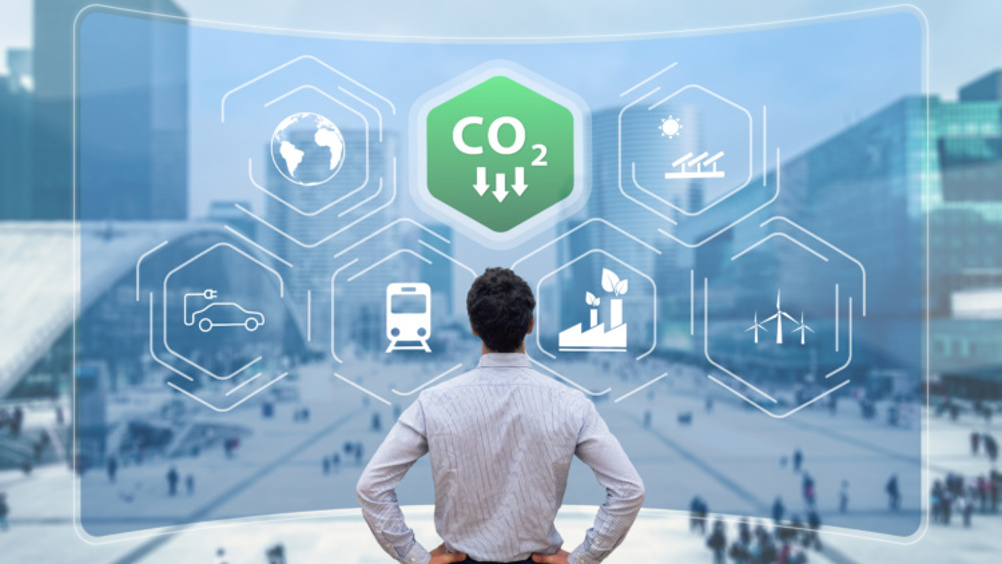Report shows no sign of decreasing CO2 emissions
A new report from the Global Carbon Project shows that global carbon emissions in 2022 remain at record levels, with no sign of decrease.

The report projects total global CO2 emissions of 40.6 billion tonnes (GtCO2) in 2022. This is fuelled by fossil CO2 emissions which are projected to rise one per cent compared to 2021, reaching 36.6 GtCO2 – slightly above the 2019 pre-Covid levels. Emissions from land-use change (such as deforestation) are projected to be 3.9 GtCO2 in 2022.
Projected emissions from coal and oil are above their 2021 levels, with oil being the largest contributor to total emissions growth. The growth in oil emissions can be largely explained by the delayed rebound of international aviation following Covid19 restrictions.
The 2022 picture among major emitters is mixed: emissions are projected to fall in China (0.9 per cent) and the EU (0.8 per cent), and increase in the USA (1.5 per cent) and India (6 per cent), with a 1.7 per cent rise in the rest of the world combined.
The remaining carbon budget for a 50 per cent likelihood to limit global warming to 1.5°C has reduced to 380 GtCO2 (exceeded after nine years if emissions remain at 2022 levels), and 1230 GtCO2 to limit to 2°C (30 years at 2022 emissions levels).
Register now to continue reading
Thanks for visiting The Engineer. You’ve now reached your monthly limit of news stories. Register for free to unlock unlimited access to all of our news coverage, as well as premium content including opinion, in-depth features and special reports.
Benefits of registering
-
In-depth insights and coverage of key emerging trends
-
Unrestricted access to special reports throughout the year
-
Daily technology news delivered straight to your inbox










Water Sector Talent Exodus Could Cripple The Sector
One possible reform to the Asset Management Plan (AMP) system would be to stagger the five year cycle across the ten or so water businesses, so that...